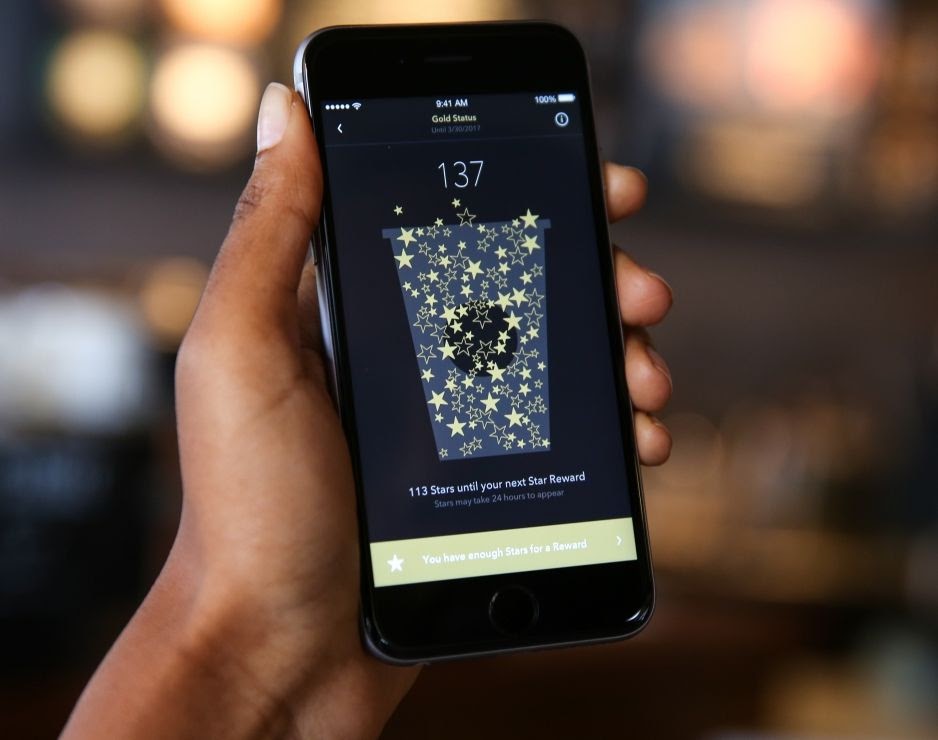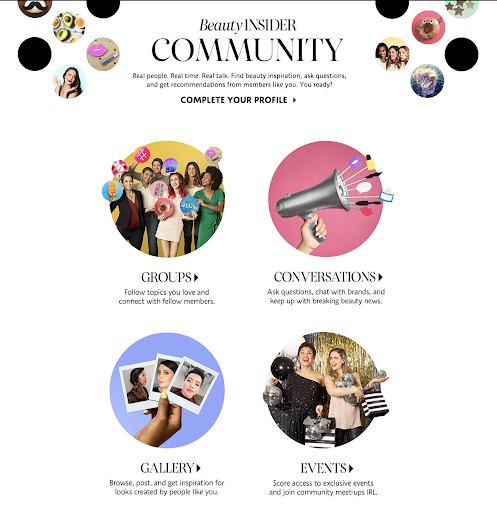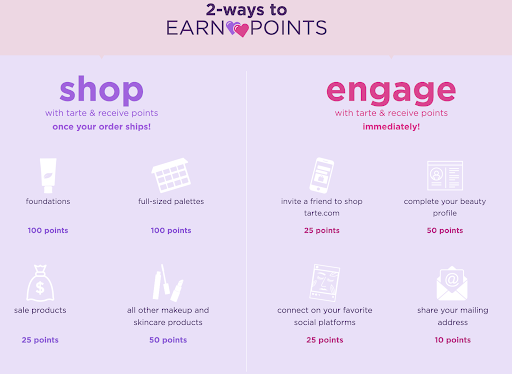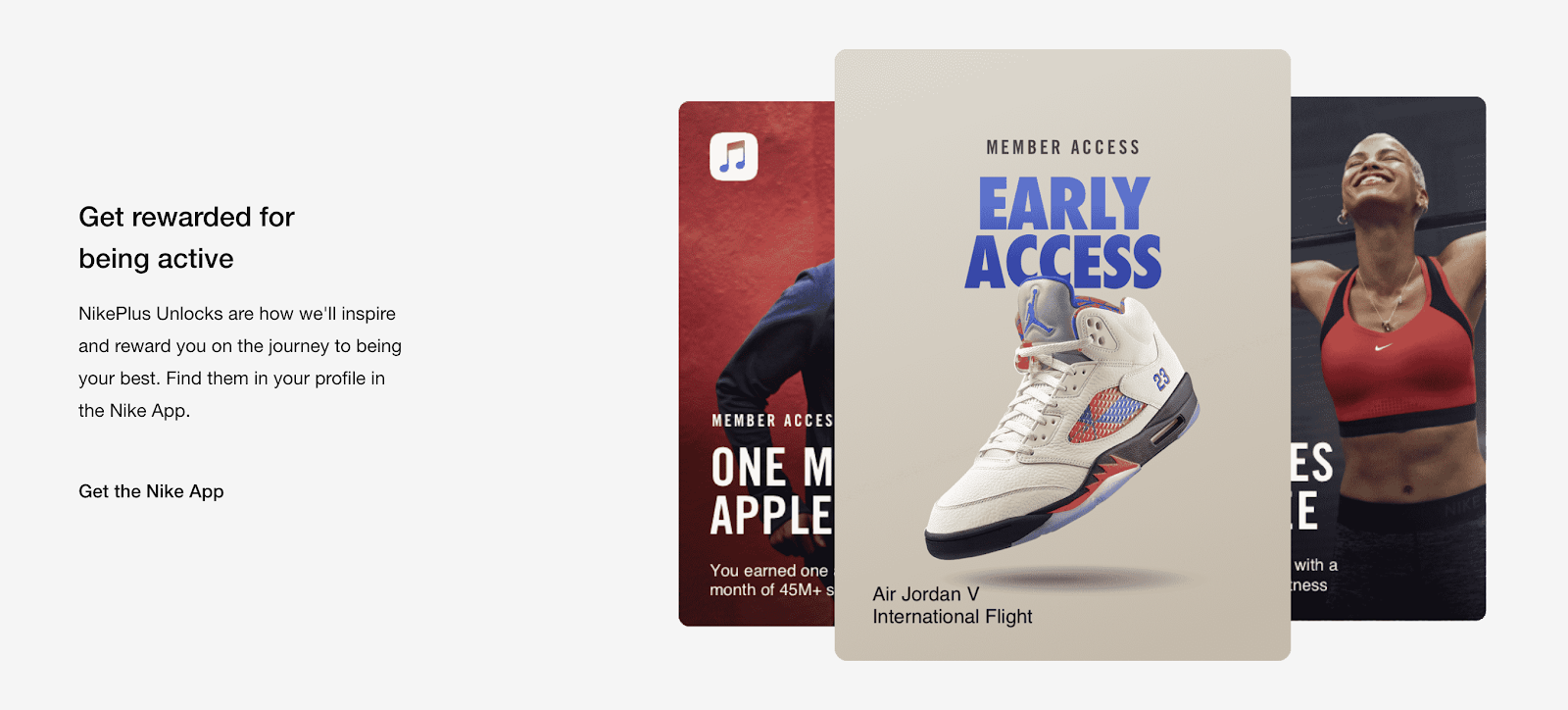Loyalty programs are pretty commonplace with consumer brands but don’t seem to be as prevalent in B2B. This is because the traditional loyalty model of cash incentives doesn’t translate as well to business customers. In B2B, purchase decisions involve more than one stakeholder and your core user is not always the person paying the bill.
But, there is much to be learned from B2C loyalty programs in the fanfare they attract. At the core of any good loyalty program is a deep understanding of what drives value for customers —enough for them to want to stick with you. And, given the fact that acquiring a new customer can cost anywhere from five to 25 times more than it does to retain an existing one, cultivating customer loyalty should be top of mind for any brand.
Here are five tips to be learned from popular B2C examples that are just as relevant for B2B loyalty programs.
1. Engage customers with a mobile experience
Operating a customer loyalty program through a mobile app might seem standard today but at the time of releasing their rewards program on mobile in 2010, Starbucks was changing the game.
It’s a move that makes a lot of sense—a mobile experience means more convenience for customers and a higher level of engagement in turn. In focusing the program on one digital experience, the company is also able to collect a wealth of customer data. These insights allow for increased personalization within the app, like drink recommendations based on past orders.

Source: Starbucks
The Starbucks app also prompts rewards program members to reengage with the program by notifying them when their points (or rather “stars”) are about to expire and when special earning opportunities arise like “double-star days”.
2. Give customers access to a vibrant peer community
Sephora’s Beauty Insider program gives members access to a variety of tier-based rewards like extra savings around holidays, early access to products, and the option to redeem products of their choosing from what the company calls its “Rewards Bazaar.”
In addition to these perks, members of Sephora’s loyalty program get access to the Beauty Insider Community, an online community in which beauty fanatics can share makeup tips, talk about their favorite products and share looks to inspire others. While anyone can view the community and search through topics, only registered members can author posts.

Source: Sephora
This is arguably the most valuable piece of Sephora’s rewards program, given the knowledge shared within the community—anything from skincare advice to product reviews—and the peer-to-peer connections it enables. Members can also connect directly with representatives of Sephora and other brands the store carries.
3. Create brand awareness with user-generated content
Everyone knows that the best marketers are your own customers. This is especially true when social media is involved. Research finds that 31% of shoppers say they use social media as a way to scope out new items to buy. This influence is even stronger when it comes to what our personal circle is posting, with 81% of respondents in a Forbes study admitting that social media posts from friends and family directly impacted their purchase decisions.

Source: Tarte
The cosmetics brand Tarte takes this shift in buyer behavior into account by rewarding members of its loyalty program when they purchase products and when they show the brand some love on social media. Not only does this influx of user-generated content boost the brand’s organic traffic, but it also lends credibility to the value of their products given that potential purchasers get to hear from real live people, rather than the company.
4. Build connections with customers through shared values

Source: The Body Shop
Your loyalty program doesn’t just have to reward members with savings opportunities and exclusive goodies—it can also serve as an opportunity to do some good. The Body Shop’s loyalty program called the Love Your Body Club gives members the chance to choose between spending their points on themselves or pledging them towards a charity.
With points going towards causes like the National Parks Conservation Association (in the U.S.) and the Canadian Federation of Humane Societies (in Canada), The Body Shop emphasizes the values they built their brand on, these centered on environmental sustainability and the protection of animals.
This choice to include a charitable option appeals to an innate desire to effect positive change in the world but is also reflective of The Body Shop’s clientele. With an emphasis on responsibly sourced natural ingredients, the cosmetics company attracts consumers who make purchase decisions based on these kinds of ethical concerns. In reinforcing these values at this particular touchpoint, customers are reminded of what makes them fundamentally loyal to the brand.
5. Support customers’ progress towards personal goals
The best brands are those that elicit an emotional attachment from customers. A great way that companies can do this is by using their unique offering to enable customers to progress towards personal goals. Nike does this in the way it rewards customers for the strides they make in their fitness journeys.

Source: Nike
In connecting their rewards program, NikePlus, with the brand’s training apps like Nike Running Club and Nike Training Club, Nike incentivizes customers to complete activities like running their first 5K by rewarding them with early access to new products and free shipping.
For B2B loyalty programs, this can translate to how you help your customers advance professionally. Think about how you can provide them with the tools and knowledge to grow in their careers while rewarding them along the way.
Building B2B loyalty programs
The way you construct your loyalty program (should you choose to implement one) will depend entirely on your customers’ personas (Who will be using your product? Who will be making the purchase decision? Are these the same person?) and which values they find important. Long term loyalty is best won by building meaningful connections with customers rather than simply offering transactional rewards. But, the above brands’ use of a mix of emotional and material rewards can provide some guidance for how B2B brands can think about building loyalty programs that provide lasting value and capture customers’ attention.












































